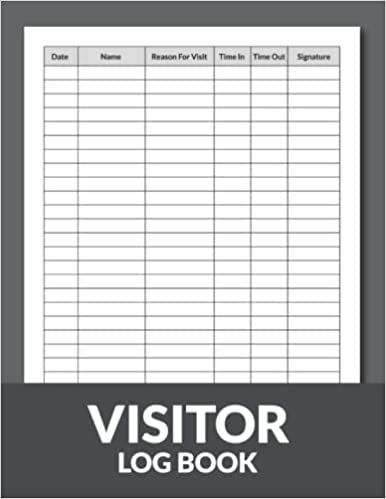HOW TO RECEIVE AND TREAT VISITORS
-
Smile and say "Hello" or "Welcome" to make visitors feel comfortable.
-
Politely ask, “How can I help you?” or “Who are you here to see?”
-
If they have an appointment, check the schedule and let the right person know they have arrived.
-
If they need to go somewhere, show them the way or give clear directions.
-
If they have to wait, provide a comfortable place to sit and offer water or a magazine.
-
Let them know if there is a wait and keep them updated.
-
Be friendly, polite, and helpful throughout their visit.
-
If they have any issues, listen carefully and help them or direct them to someone who can.
-
Say “Thank you for visiting” and wish them a good day.
APPROPRIATE OFFICE DRESS CODE IN NIGERIA
-
Business Formal (Men): Dark suits, dress shirts, ties, polished shoes, or formal native attire like agbada.
-
Business Formal (Women): Suits with skirts or trousers, blouses, closed-toe heels, or neat traditional outfits.
-
Business Casual (Men): Trousers or chinos with collared shirts, loafers, or simple traditional attire like kaftans.
-
Business Casual (Women): Blouses with skirts or dress pants, flats, or modest ankara outfits.
-
Smart Casual (Men): Polo shirts, smart shirts, chinos or dark jeans, clean sneakers, or simple dashiki tops.
-
Smart Casual (Women) : Blouses, skirts, or tailored trousers with flats or sandals, styled ankara or lace blouses.
-
Traditional Friday Wear (Men and Women): Neat ankara, lace, kaftans, or senator styles in simple designs.
-
Generally : Avoid overly casual or revealing clothing; keep it neat, clean, and professional.
DOCUMENTS TYPICALLY HANDLED BY A RECEPTIONIST
-
Visitor Logbooks: To record details of visitors entering and leaving the premises.
-
Appointment Schedules: To manage and organize meetings and appointments.
-
Mail and Packages: Incoming and outgoing mail, including couriers and deliveries.
-
Identification Forms: Visitor badges, ID cards, and sign-in sheets.
-
Employee Attendance Records: Sign-in/sign-out sheets or digital records for employees.
-
Telephone Message Slips: Notes or records of phone messages for various staff members.
-
Company Brochures and Flyers: Informational materials for visitors and clients.
-
Confidential Documents: Sensitive documents like contracts, forms, or memos that require careful handling.
-
Office Supplies Inventory: Records of office supplies and their usage.
-
Visitor Feedback Forms: Forms used to gather feedback from visitors or clients.


